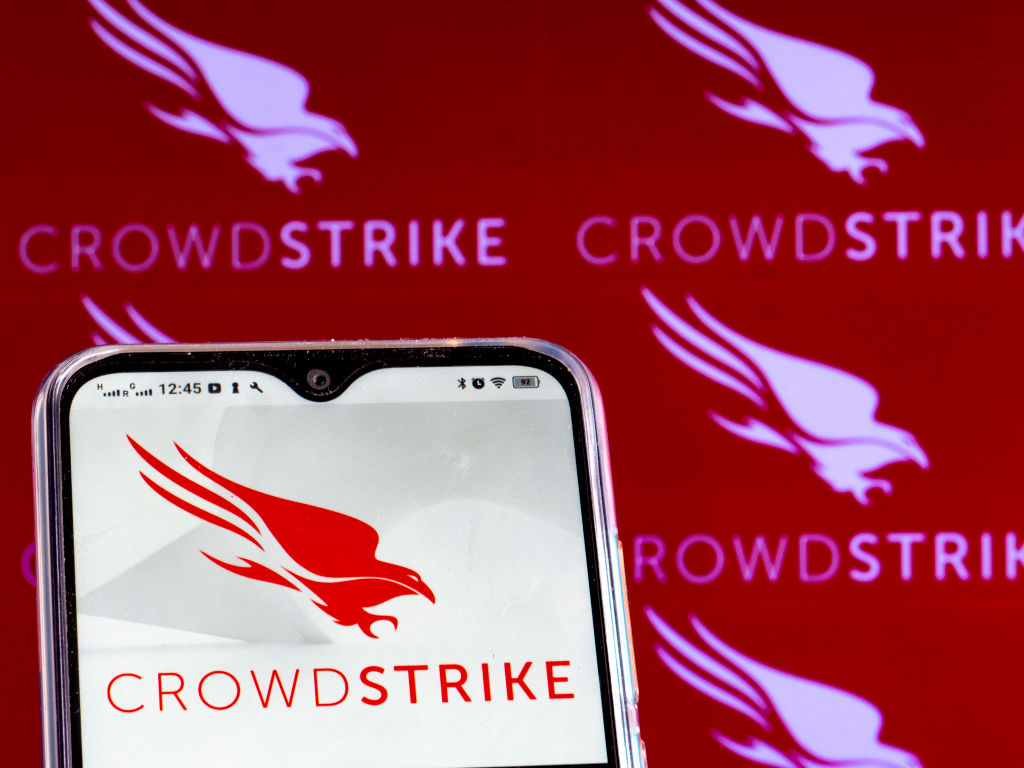
CrowdStrike (CRWD) stock trading lower in Tuesday's session after financial services firm Piper Sandler downgraded the cybersecurity stock to Neutral (the equivalent to a Hold) from Overweight (the equivalent to a Buy).
CRWD stock has been one of the best stocks on the price charts so far in 2024, up nearly 54% for the year to date through the July 1 close. This includes a rally of over 10% since it was announced last month that CrowdStrike would be joining the S&P 500. CRWD's addition to the broad-market index became official on June 24.
However, Piper Sandler analyst Rob Owens thinks the company has become so large that "meaningful upside will likely become more difficult as the law of large numbers should begin to weigh on overall growth rates for the security leader – which could cause returns to lag other names in the space," according to Morningstar.
As such, Owens now sees the stock as a Hold with a $400 price target, which implies upside of just over 4% to current levels.
"We are optimistic about the company longer term as well as the opportunity, just not the stock over our 12-month investment horizon," Owens said.
CrowdStrike is still a Buy for most of Wall Street
The majority of Wall Street remains bullish toward the cybersecurity stock, suggesting investors shouldn't be too worried about Piper Sandler's downgrade of the name.
According to S&P Global Market Intelligence, the average analyst target price for CRWD stock is $402.53, representing implied upside of about 4.5% to current levels. Additionally, the consensus recommendation is a Strong Buy.
Financial services firm Argus Research is one of those with a Buy rating on CRWD stock.
"We see CrowdStrike, with its focus on next-generation cybersecurity, as a strong competitor in the highly fragmented enterprise cybersecurity market," Argus analyst Joseph Bonner wrote in a June 7 note.
"In our view, CrowdStrike software is competitive with the best choices on the market," the analyst adds, saying the opportunity is strong for CRWD to "expand its business to the nearly 50% of companies that have not yet upgraded from traditional antivirus software, and to take advantage of both the secular growth in cloud workloads and the increasingly diabolical and toxic cyber-threat environment."







